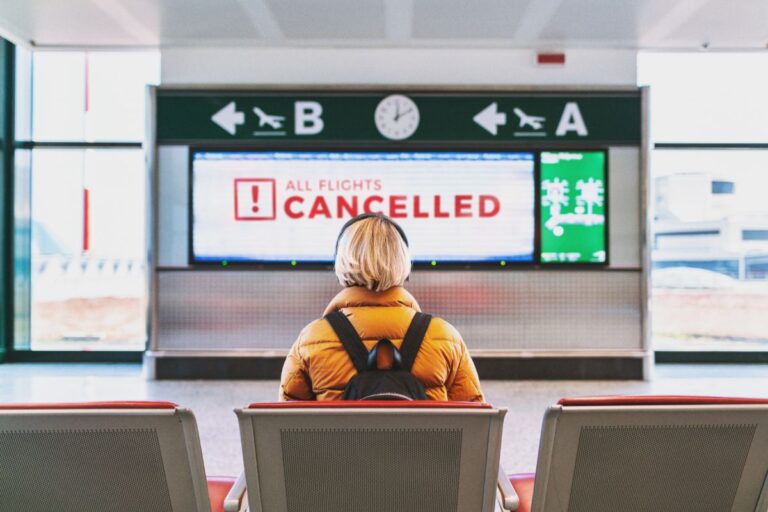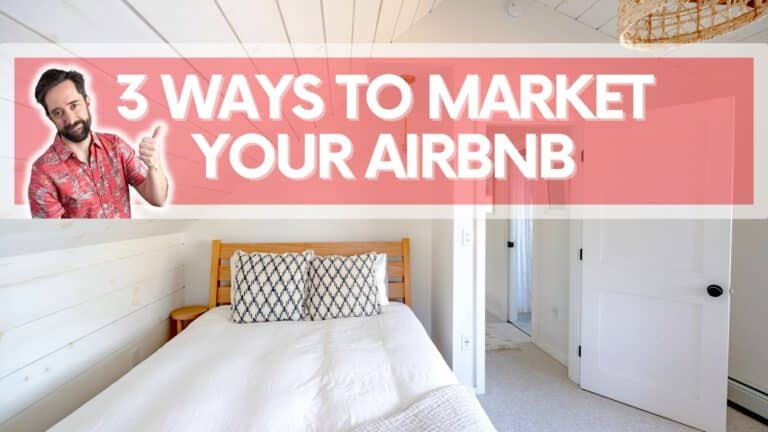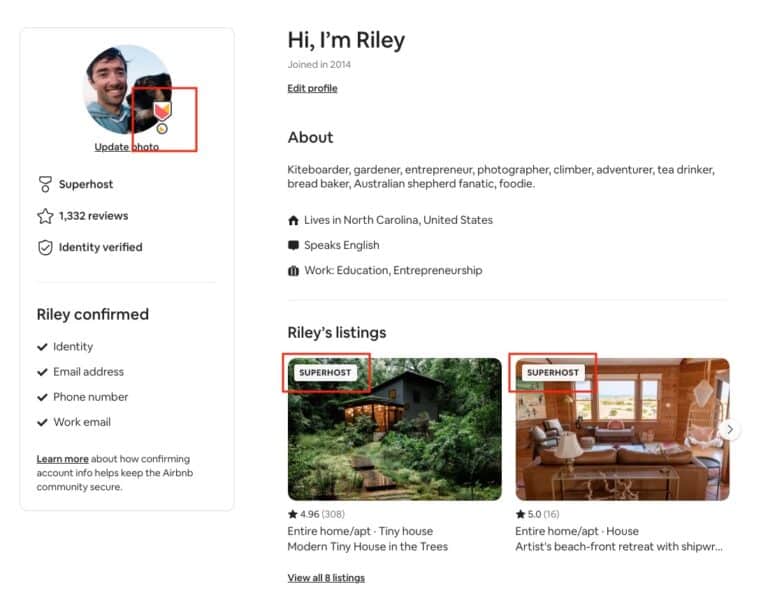What are all these short-term rental buzzwords: A quick guide
If you are new to the world of short-term rentals, and Airbnb hosting, or if you are just trying to get a better understanding of what all these confusing real estate buzzwords mean, then this blog post is for you! In this post, we will go over the 5 most jargon-filled terms that people tend to use when they are talking about the short-term rental business. We will define each term and give you an example of how it is used in the real world. So whether you are a beginner host who is just starting out, or if you are an experienced host who wants to be sure that they know what everyone is talking about, read on!
What is a short-term rental?
A short-term rental is simply a rental property that is rented out for a short period of time, usually less than 30 days. This can include anything from a vacation rental to an executive suite in a corporate apartment complex. Short-term rentals are becoming increasingly popular as people look for alternatives to traditional hotels and motels. Renting a VRBO is the same as renting an Airbnb. If you are booking a place other than a hotel for your vacation you are booking a short-term listing. Think of the place you are booking like soda, or pop depending on where you’re from. You know you want a soda but which brand are you going to go with? Airbnb, VRBO, Homeaway, and Booking.com, are all brands or booking platforms.
What is Rental Arbitrage?
Rental arbitrage is the practice of finding a property to rent out at a price that is lower than what you can charge for it on a short-term rental platform like Airbnb. For example, if you find an apartment to rent for $1000/month and you know that you can charge $2000/month for it on Airbnb, then you are doing rental arbitrage. This can be a great way to make money in the short-term rental business, but it is important to remember that you will need to factor in all of your costs before you decide whether or not this is a good strategy for you.
Rental arbitrage is the method you hear people talk about where you can start an Airbnb business without owning any property. This is NOT my favorite way to run a short-term rental business but it can be successful for people dedicated to this approach.
What is an occupancy rate?
Your occupancy rate is simply the percentage of time that your rental property is occupied. For example, if you have a rental property that is rented out for an average of 15 days per month, then your occupancy rate would be 50%. Occupancy rates are important to pay attention to because they can help you to understand how profitable your short-term rental is and make pricing decisions based on occupancy. One method to increase occupancy rates is to lower your nightly rate. I frequently visit one of my Airbnbs, so a lower occupancy rate suits my lifestyle well. However, if it were purely an investment property I might want a higher occupancy to keep revenue as high as possible.
What are adjusted occupancy rates?
Adjusted occupancy rates take into account the days that your rental property is not available for rent. For example, if you have a rental property that is rented out for an average of 15 days per month, but you only have it available for rent 20 days per month, then your adjusted occupancy rate would be 75%. Adjusted occupancy rates are important to pay attention to because they can help you understand how well your rental property is performing and make pricing decisions based on availability.
What is a booking conversion rate?
Your booking conversion rate is the percentage of people who inquire about your rental property that end up booking it. For example, if you have 1000 people inquire about your rental property and 10 of them book it, then your booking conversion rate would be 1%. Booking conversion rates are important to pay attention to because they can help you understand how effective your marketing is and make decisions about where to focus your efforts.
If your calendar is packed full then you don’t really care about your conversion rate! However, if it’s only half full but you’re getting a ton of views then you probably need to make adjustments to your listing.
What is booking lead time?
Your lead time is the amount of time that it takes for someone to complete a reservation for your short-term rental and when they check-in. This is a really really useful thing to understand because it varies greatly based on location. For example, if you’re in a vacation destination like a beach town or a remote mountain resort you know people make plans in advance to travel there. This helps you make pricing adjustments farther in advance to fill your calendar. If you are in a very busy city you will probably have short booking lead times so you don’t need to make drastic calendar decisions until the afternoon of a given day.
What are average daily rates? ADR
Average daily rates (ADRs) are simply the average amount of money that you are charged for your rental property per day. For example, if you have a rental property that is rented out for an average of 15 days per month and you charge an average of $100/night, then your ADR would be $1500. Average daily rates are important to pay attention to because they help you understand how much money your Airbnb listing is making daily.
What is RevPer?
RevPer, or Revenue per Available Room, is a metric that is used in the hospitality industry to measure a hotel’s or vacation rental property’s income. This metric is calculated by taking the total revenue for a given period and dividing it by the number of rooms or properties available during that same period. In practice, you could divide this out by the calendar year, or if you’re in a seasonal location like a beach destination you could just calculate the high season numbers.
If you have two Airbnb listings and your total revenue is $67,356 for 12 months then your RevPer equals 67,356/12/2 = $2,806.50
What Is Cash-on-Cash Return?
Cash-on-cash return is a metric that investors use to measure the profitability of an investment. To calculate cash-on-cash return, you simply take the annual pre-tax cash flow from an investment and divide it by the total amount of cash invested in the property. How much money does your short-term rental generate (gross income) MINUS expenses like mortgages, insurance, cleaners, and utilities?
For example, if you have an Airbnb rental property that generates $12,000 in annual pre-tax income and you have invested a total of $100,000 in the property, then your cash-on-cash return would be 12,000/100,000 = 0.12 or 12%.
This is a quick way to measure the profitability of an investment without taking into account things like depreciation or tax benefits.
In conclusion
While all of these terms may seem confusing at first, they are actually quite simple to understand. By understanding these basic concepts, you will be able to make more informed decisions about your short-term rental business. Focus on the data that empowers you and shut out all the noise that doesn’t matter.
Hopefully, this guide has helped you understand some of the jargon that is thrown around in the industry.
Happy hosting!







